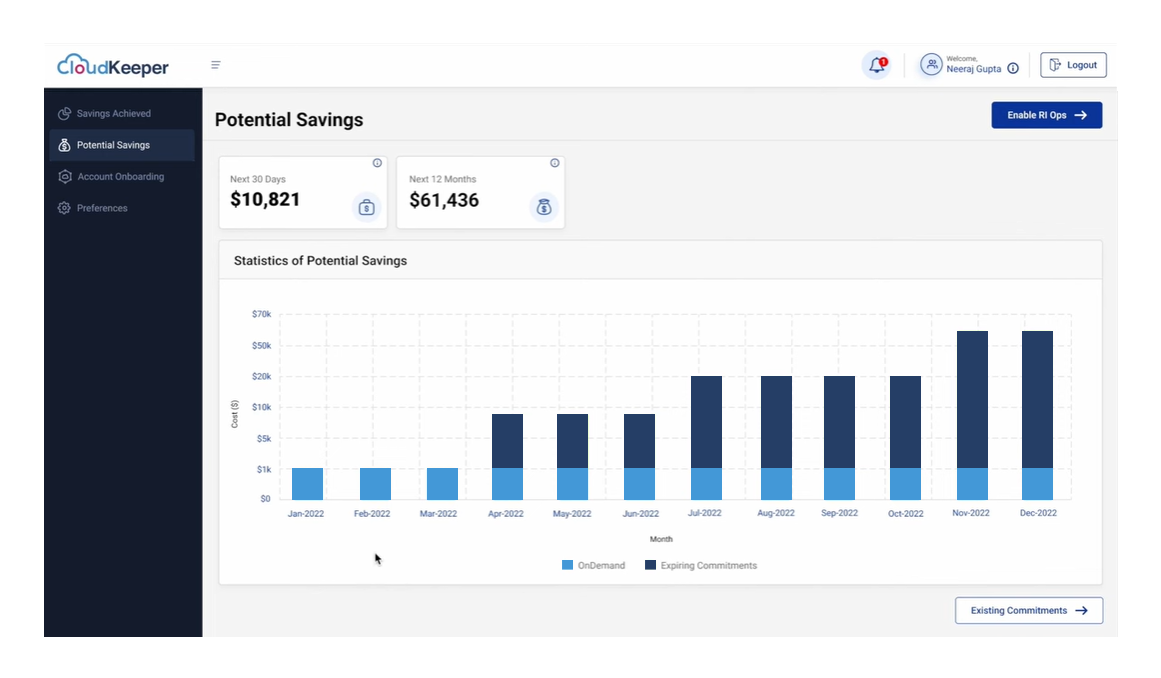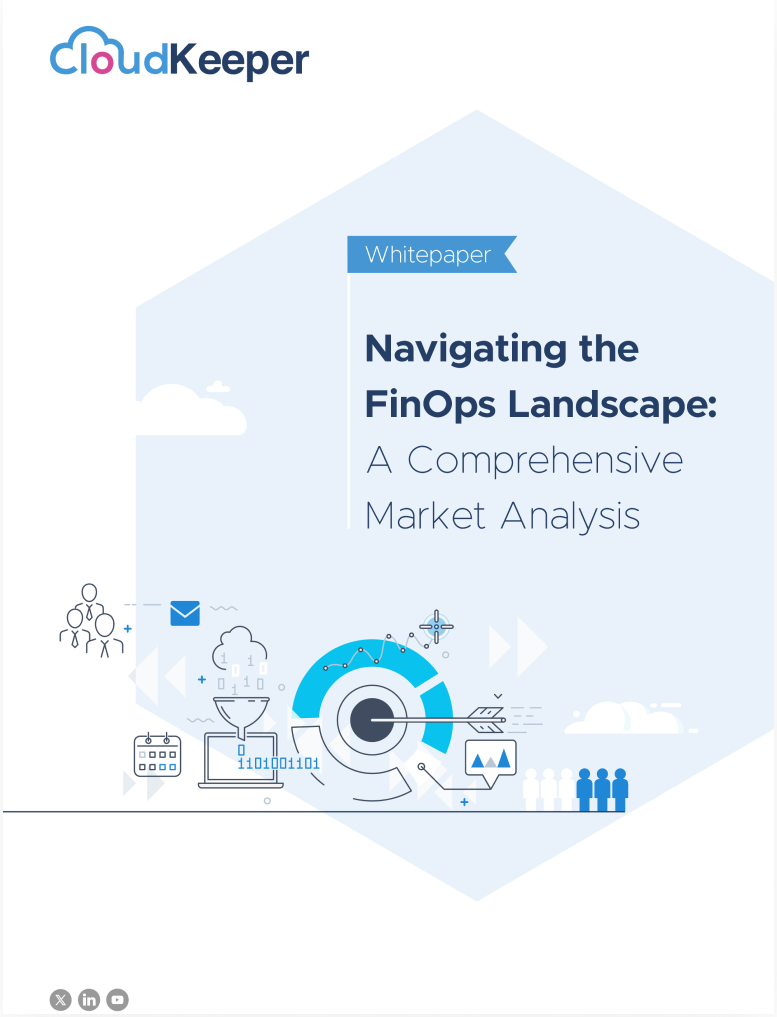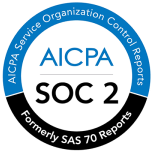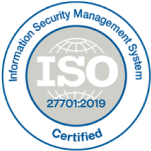Since its introduction in 2009, AWS Reserved Instances (RIs) have been one of the most effective ways to reduce AWS costs. RIs offer discounted hourly usage rates of up to 75%, in exchange for a one or three-year usage commitment. They do not need any re-architecture or refactoring and generate aws cost savings immediately.
When organizations gradually attain some level of predictability into how much infrastructure they’ll need, RIs turn out to be the best option for effective AWS cost optimization. RIs apply to multiple services including Amazon EC2, Amazon RDS, Amazon Redshift, and more.
However, RIs do not offer a one-size-fits-all flat discount package and only a few organizations achieve the maximum potential savings from the offering. The discount rates vary depending on the instance type, tenancy, usage term, geographic region, upfront payments you make, your operating system, and the type of RIs (Standard or Convertible) used. All these combinations offer different levels of savings, break-even points, and performance capabilities, making monitoring and optimizing your AWS RI crucial for maximizing ROI.
The primary goal of any cloud cost optimization plan should be to minimize the usage costs along with providing the required flexibility for your computing needs. One of the key metrics for measuring the effectiveness of your AWS reserved instances cost optimization strategy is the RI Coverage.
What is AWS RI Coverage?
AWS Reserved Instances (RI) Coverage reports offer a comprehensive analysis of resource usage across Amazon EC2, Redshift, RDS, OpenSearch, and ElastiCache instances. These reports furnish a detailed breakdown of how many instance hours are covered by RIs, On-Demand spending, and potential savings through increased reservations for all AWS reserved instance types.
Users can establish coverage targets, visualized on charts with colored indicators, for easy assessment. The reports also feature customizable filters, including availability zones, instance types, and more, facilitating focused analysis. A coverage threshold can be set to identify areas requiring additional reservations. These could be accomplished by using tools like AWS Cost Explorer or AWS Budgets.
With daily and monthly charts tracking RI hours over time, AWS RI Coverage reports empower users to optimize AWS RI management, ensuring efficient resource allocation and cost-effectiveness in their AWS infrastructure.
Why should you aim for 100% RI Coverage?
A 100% RI Coverage helps in maximizing the advantages of reserved capacity. Maintaining complete coverage ensures that every eligible instance hour benefits from the discounted rates provided by AWS RI pricing, minimizing overall expenditure. It also enhances financial predictability, allowing for better budgeting and resource planning.
Additionally, full RI Coverage provides stability to long-term projects and workloads by guaranteeing reserved capacity, avoiding potential disruptions due to insufficient resources. This approach aligns with AWS cost optimization best practices, allowing businesses to allocate resources efficiently, improve ROI, and streamline operations.
What strategies can be employed to achieve 100% AWS RI coverage?
Achieving 100% AWS RI coverage demands a comprehensive strategy that combines insightful analysis, strategic planning, and ongoing optimization. Here are key strategies and practices to help organizations attain maximum RI coverage:
Understand your usage patterns - The first step to achieving 100% RI coverage is to understand your usage patterns. This includes understanding which instance types you use most often, how long you use them, and in which Availability Zones (AZs) you use them. Once you have a good understanding of your usage patterns and the right AWS reserved instances types, you can start to identify opportunities to purchase RIs.
Set Coverage Targets - Establishing coverage targets based on historical usage data is paramount for AWS reserved instance savings. Regularly adjusting these targets ensures alignment with evolving workload demands, fostering adaptability in resource allocation. This strategic approach allows for a more precise and responsive utilization of RIs, optimizing coverage and cost-effectiveness.
Leverage Predictive Analytics - Harness the power of predictive analytics tools to forecast future resource needs. By leveraging historical data, organizations can anticipate workload fluctuations and proactively optimize RI purchases. This forward-looking strategy ensures that the coverage remains aligned with the evolving demands of the business and the corresponding AWS reserved instances billing, thereby enhancing efficiency.
Implement Automation - Efficiency is key to achieving comprehensive RI coverage. Explore automation tools to streamline the reservation process. By automating the purchase of AWS EC2 reserved instances or other services, based on predefined criteria or usage patterns, organizations can ensure a more agile and adaptive coverage strategy.
Diversify Reservation Types - A well-rounded coverage strategy involves the strategic combination of Standard and Convertible RIs. Standard RIs provide fixed capacity in specific regions, while AWS Convertible reserved instances offer flexibility by allowing modifications to attributes like instance type. This diversification ensures adaptability to different workload scenarios, enhancing the overall flexibility of the coverage strategy.
Regularly Monitor and Optimize - Continuous monitoring of usage and coverage is essential for maintaining an effective RI coverage strategy. Leverage tools such as AWS Budgets and Cost Explorer alerts to stay informed in real-time. Regularly optimizing reservations based on changing business needs and AWS RI pricing updates ensures ongoing efficiency and cost-effectiveness.
Encourage Collaboration - Foster collaboration between finance, operations, and development teams to ensure that RI purchasing decisions align with the overall business strategy. This collaborative approach enhances communication and coordination, leading to more effectiveness in AWS cost optimization and strategic coverage planning.

What challenges you could face while maximizing AWS RI coverage?
Like every other Cloud FinOps strategy, planning to achieve 100% RI coverage also comes with its challenges. These include -
Accurately forecasting usage patterns - It can be difficult to accurately forecast your usage patterns, especially if your EC2 reserved instances usage is unpredictable or seasonal. If you underestimate your usage, you may not be able to purchase enough RIs to cover your entire usage. Conversely, if you overestimate your usage, you may have RIs that are not fully utilized, which can lead to wasted spending.
Keeping up with instance type changes - AWS is constantly introducing new instance types, and existing instance types are often deprecated. This can make it difficult to keep up with the latest instance types and ensure that your AWS reserved instance types are always the best fit for your needs.
Adapting to evolving workloads - Dynamic workload changes pose challenges in accurately adapting RI coverage strategies, making it complex to predict future resource needs and the corresponding AWS reserved instances requirements effectively.
Manual processes - Even a slight involvement of manual AWS RI management processes becomes time-consuming, impeding the agility needed for timely and efficient RI purchases.
Managing RIs across multiple accounts - If you have multiple AWS accounts, it can be difficult to manage your RIs across all of them. This can lead to situations where you have RIs in one account that need to be fully utilized, while you are paying On-Demand prices for instances in another account, making it difficult to reduce AWS costs.
Avoiding lock-in - RIs are purchased for a fixed term, and you cannot cancel them without penalty. This can lead to lock-in, which can be a problem for AWS cost savings if your usage patterns change unexpectedly.
Upfront payments for better discounts - The necessity for upfront payments to secure better discounts on AWS reserved instance costs adds another layer of complexity. Organizations may face financial challenges in committing upfront, affecting their ability to capitalize on more substantial cost savings through upfront payment options. Balancing budget constraints with the desire for enhanced discounts becomes a strategic consideration in maximizing Reserved Instance coverage.
How to easily achieve 100% AWS RI Coverage using CloudKeeper Auto?
After delving into the best practices and challenges, one might question the feasibility of attaining 100% RI coverage for their AWS infrastructure.
However, it is easily achievable with CloudKeeper Auto by your side.
CloudKeeper Auto is an AI-powered Fully Automated AWS RI Management Platform. The solution completely takes care of RI management efforts by offering on-demand EC2 instances at 3-year RI pricing. And to make it more convenient for you, this requires no lock-ins, commitments, or upfront costs from your side. This makes it easier to have all your EC2 use-cases covered by various AWS reserved instance types, thus achieving a 100% RI coverage.
CloudKeeper Auto also offers guaranteed buyback for unused RIs, assuring that your RI investments remain risk-free and unused capacity doesn't go to waste.
That’s not all! Once you are onboarded to CloudKeeper Auto, you get complimentary access to CloudKeeper Lens, our proprietary cloud cost analytics platform. This will help you in regularly monitoring and tracking your RI and Savings plan utilization, along with in-depth insights on overall cloud costs.
Additionally, CloudKeeper also offers free FinOps Consulting and Support, backed by a team of 300+ cloud experts. This will streamline your overall cloud operations, significantly reduce AWS costs, and help in establishing a strong FinOps culture.

Conclusion
RI Coverage is a key metric for your cloud cost management strategy, which enables AWS cost optimization by tracking the percentage of instance hours covered by reservations. This helps in efficient resource allocation and reducing overall AWS costs.
Users need to follow certain best practices like understanding the history of instance usage, implementing predictive analytics, and regularly monitoring and diversifying reservation types, according to the real-time requirements of their organization.
Even though there are certain challenges to achieving this feat, cloud consumers can streamline their AWS RI management and maximize RI coverage with the help of cloud cost optimization solutions like CloudKeeper Auto. These solutions not only help them enhance their RI utilization and coverage but also empower them to establish a strong FinOps culture.
Want to know how much you can save with CloudKeeper Auto, down to the exact percentage?
Get a free assessment today!









Very good blog to read